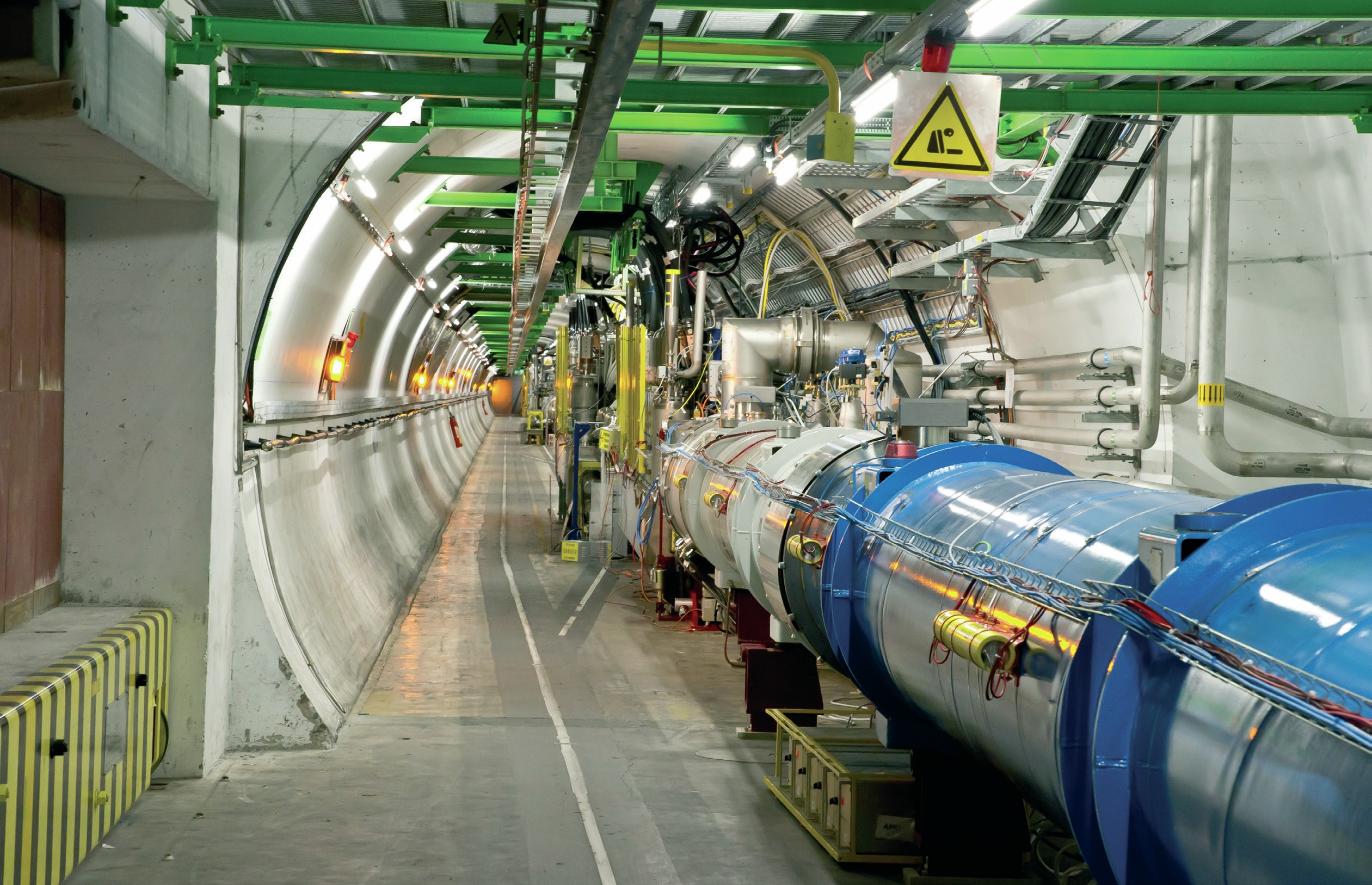
Scientists, in particular physicists, frequently deal with numbers that are mind-bogglingly big or small, often at the same time. For example, the Large Hadron Collider (LHC) at CERN accelerates hadrons (particles such as protons) up to colossal speeds. The mass of a proton is 0.000 000 000 000 000 000 000 000 001 67kg. Particles travel around the 27 km circumference ring up to 11 000 times per second. This gives the particles energies in the order of 6 500 000 000 000 eV. With some relatively simple maths, which we will look at, we can convert this to a unit of energy that you will be more familiar with.
Writing out values such as these in this form is quite clearly prone to error. To read and make sense of the number, you have to count the zeros (and might easily miscount). It is highly likely that in the pressure of an exam you would accidentally write an incorrect number of zeros. It is also pretty likely that your calculator would not be able to handle this many digits. To solve this problem we use powers of 10, sometimes referred to as scientific notation or standard form.
Your organisation does not have access to this article.
Sign up today to give your students the edge they need to achieve their best grades with subject expertise
Subscribe




